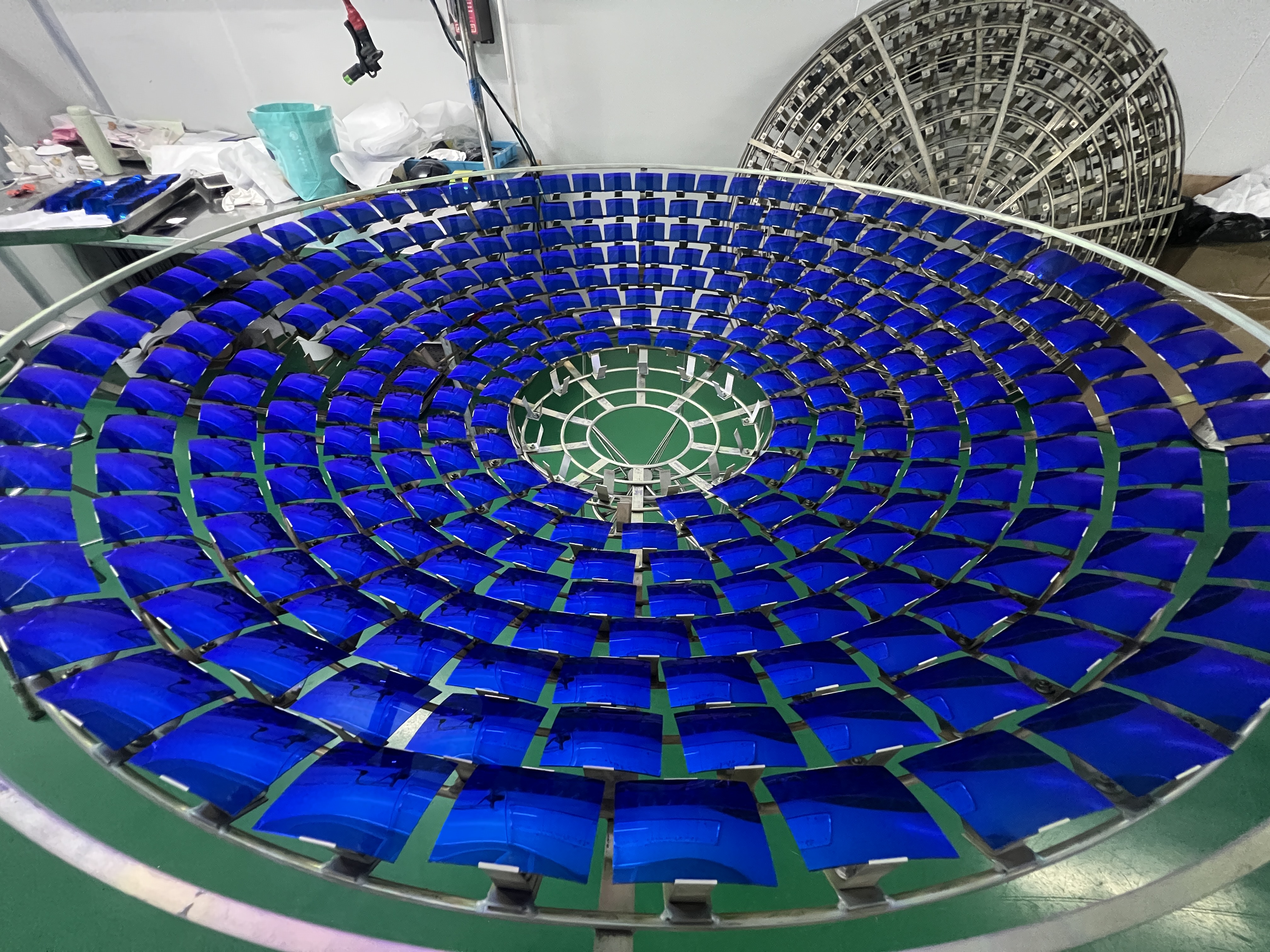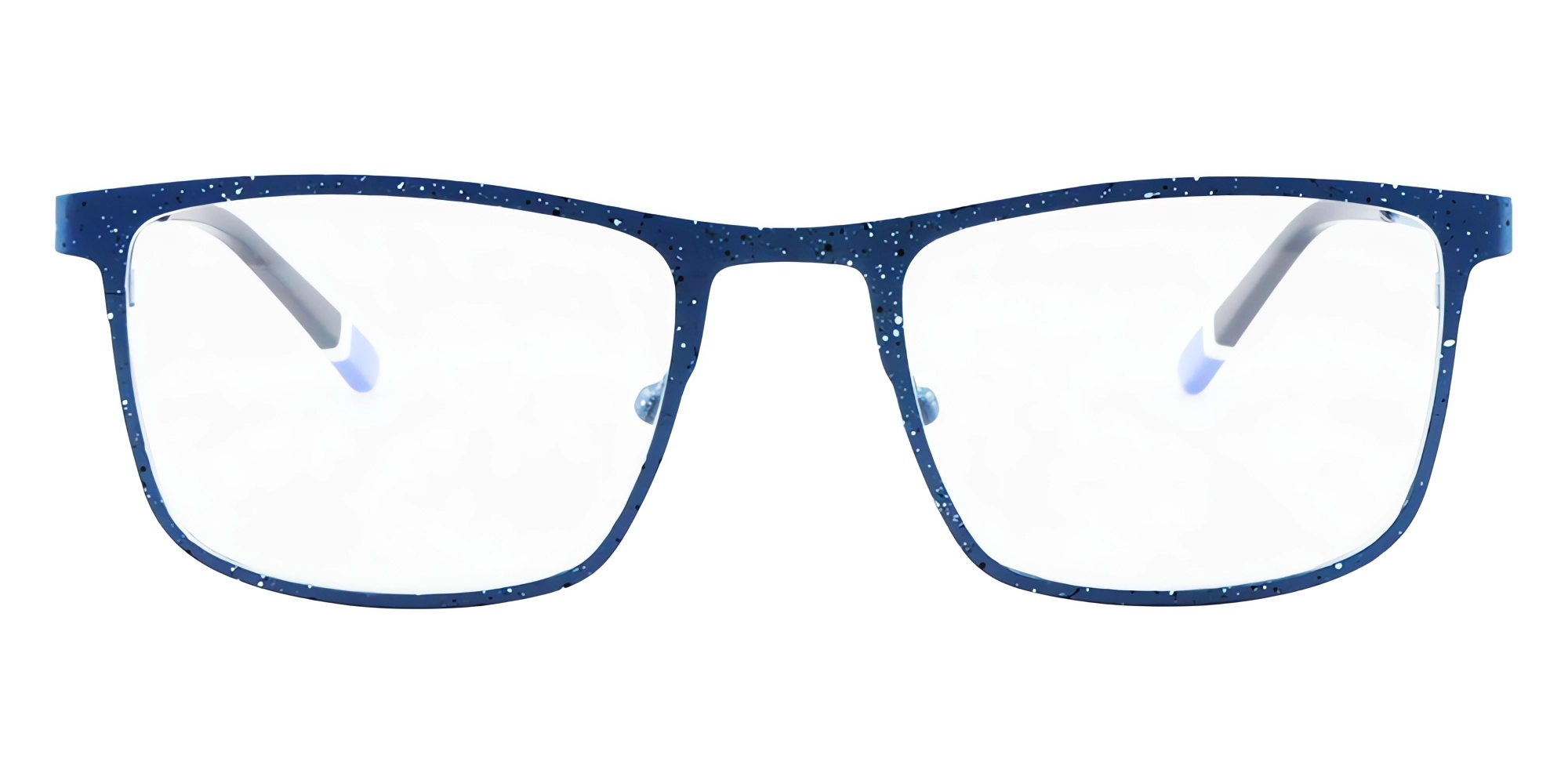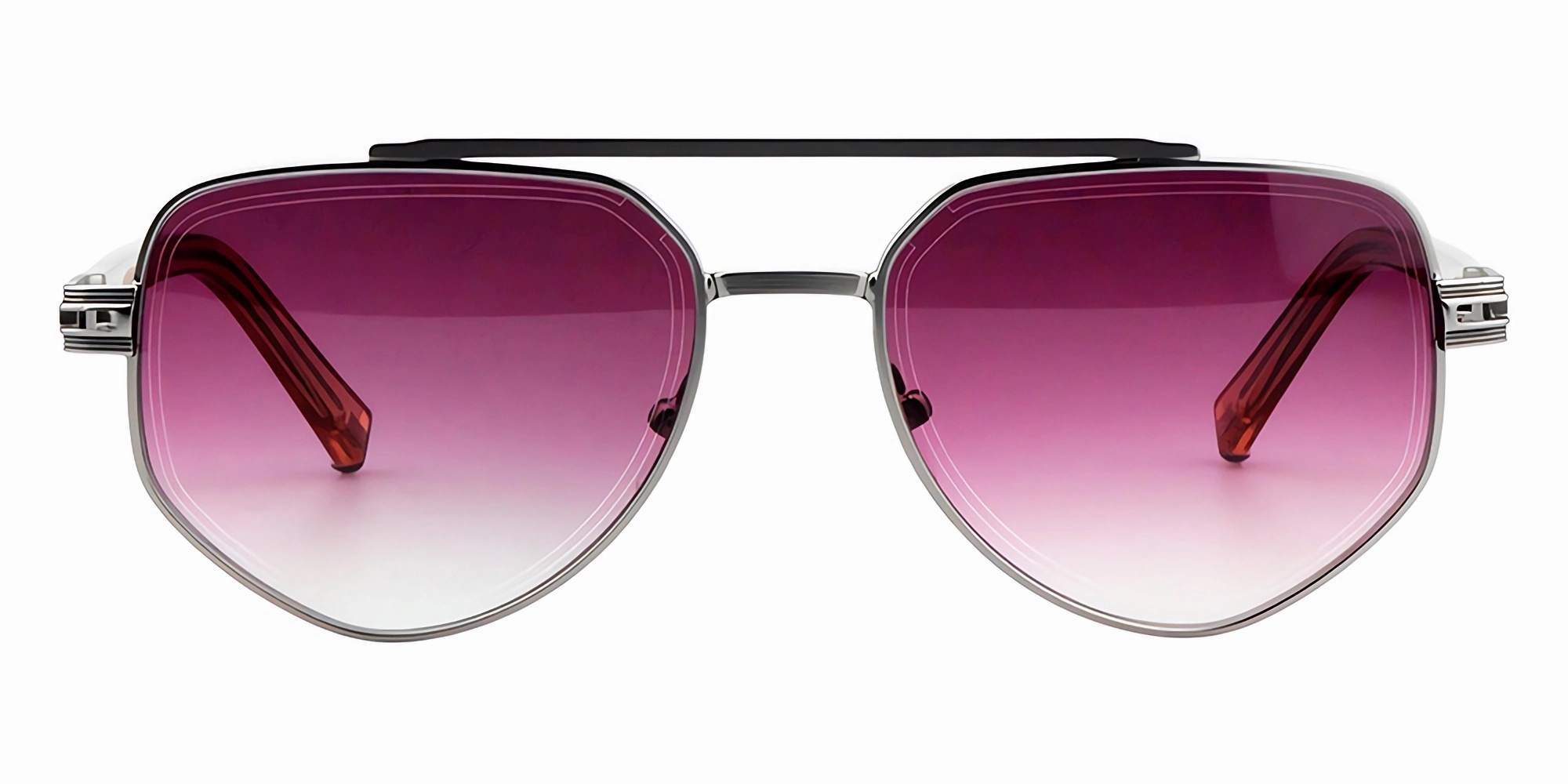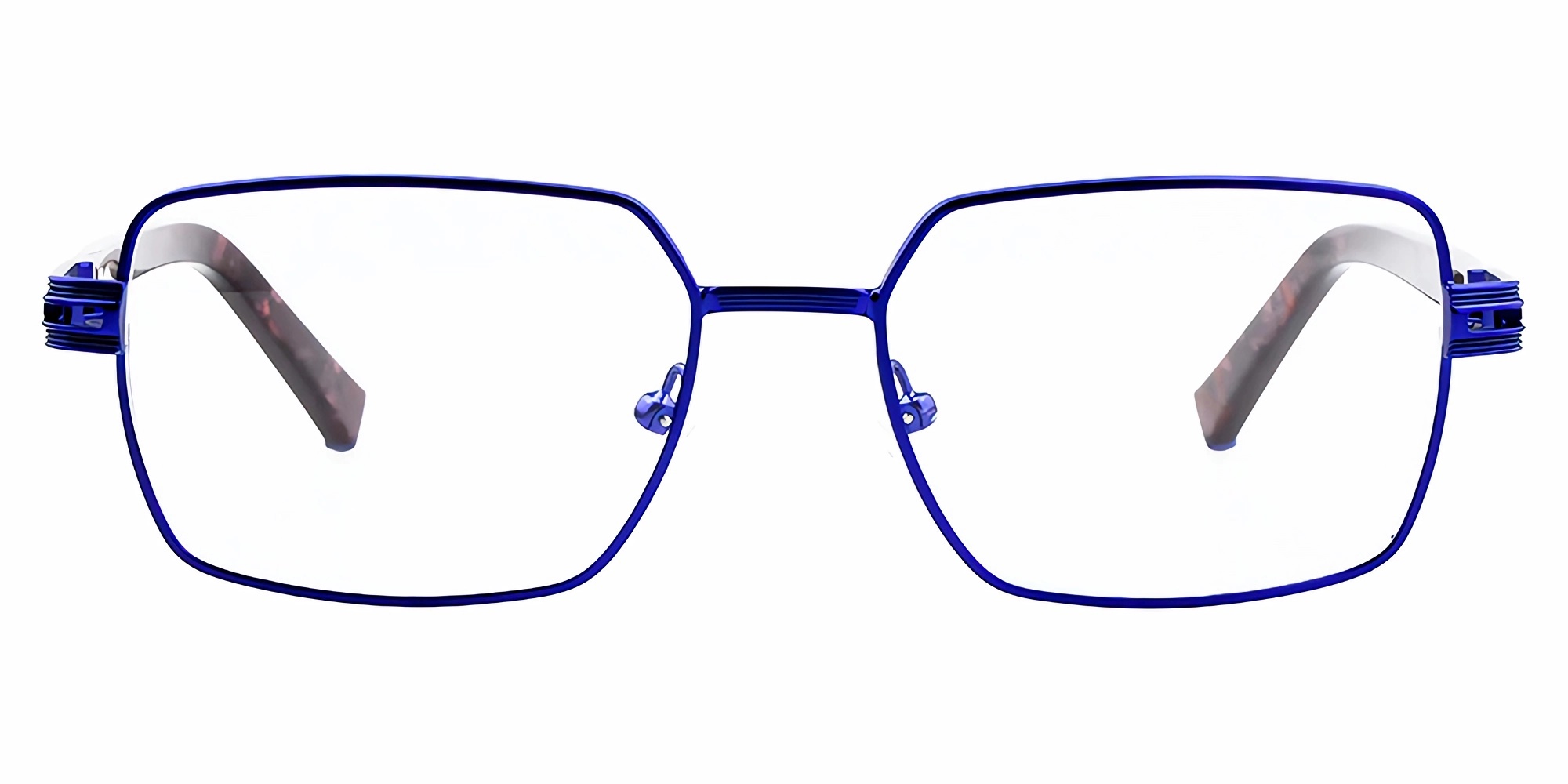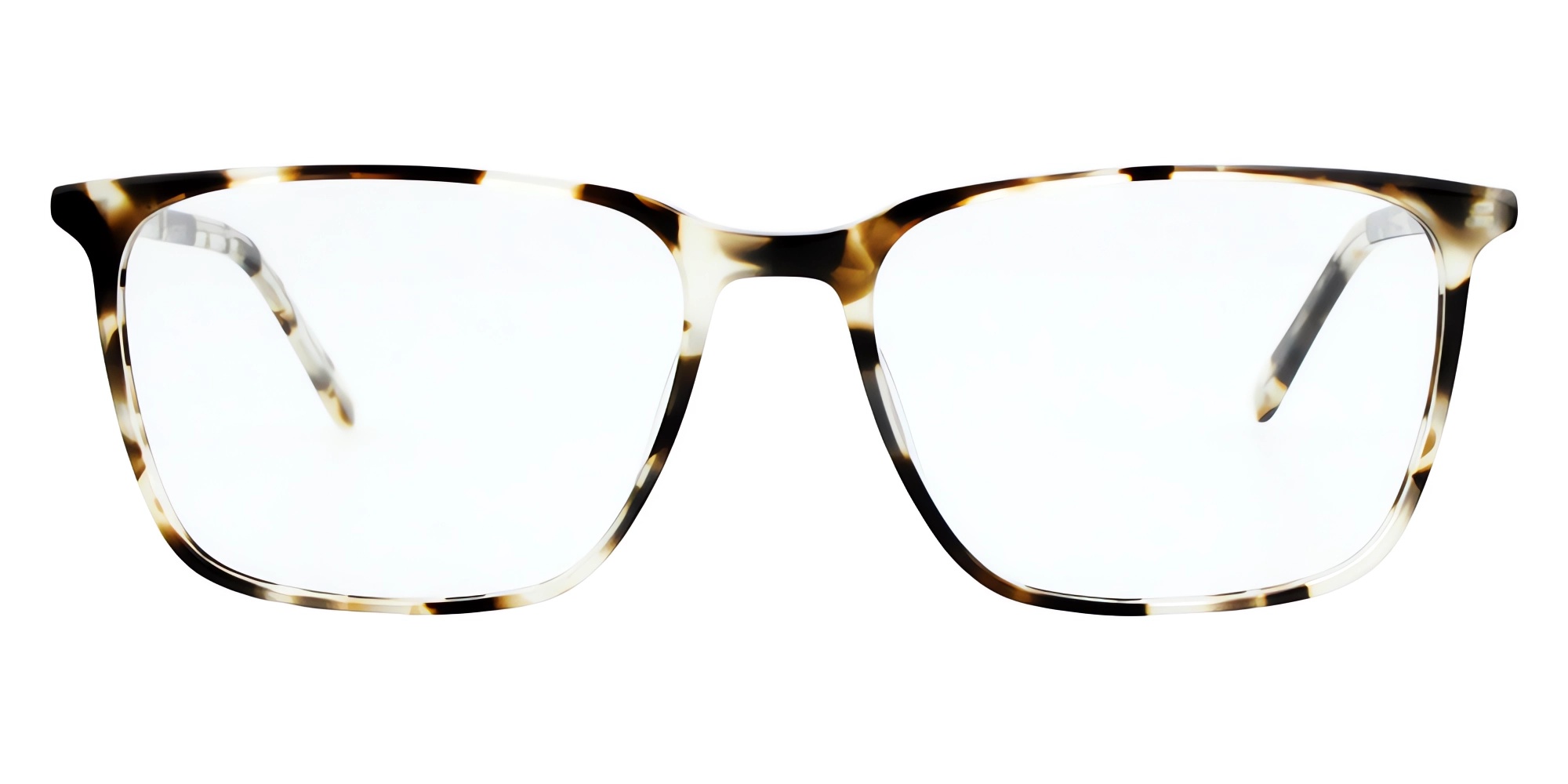How Polarized Lenses Work
March 05, 2024
Polarized lenses are available in a variety of colors, depending on the material from which the lenses are made. Darker colors provide higher levels of polarization.
Sunlight can be absorbed or reflected in several different directions. Sunlight that is bouncing off horizontal surfaces such as water, land, or the hood of a car is usually reflected back in a similar horizontal direction.
This reflection produces an agitating source of glare that cannot only create visual discomfort but can also cause a potentially blinding glare. Glare has the potential to create a very dangerous situation, especially while driving.
Polarized lenses contain a laminated filter that allows only vertically oriented light to pass through. This blocks the horizontally oriented light so that glare is almost eliminated.
The most common colors of polarized lenses are gray and brown. However, depending on the manufacturer, many other colors may be available. Green, yellow, or melanin color are also very popular colors.
Advantages
Verywell / Brianna Gilmartin
A high-quality pair of sunglasses will usually include polarized lenses. A polarized lens offers the following advantages over non-polarized lenses:
- Improves visual comfort
- Improves contrast and visual clarity
- Reduces eye strain
- Allows for true perception of colors
- Reduces reflections and eliminates glare
Disadvantages
By and large, polarization is the best choice for people concerned about debilitating sunlight and glare. However, there are some who cannot wear them.
Whether the reason is psychological or neurological, there are those who say that the lenses make them feel dizzy or disoriented, while others insist that they create an artificial 3-D effect.
For this subset of individuals, it is possible that the photoreceptor cells at the back of their eyes pick up the vertical light signals differently than the rest of us. Under these circumstances, tinted lenses may be the best option.
There are also occupations that require a worker to be able to read certain digital numbers on a liquid crystal display. Polarized lens sometimes can interfere with the visibility of the numbers and should be avoided.
